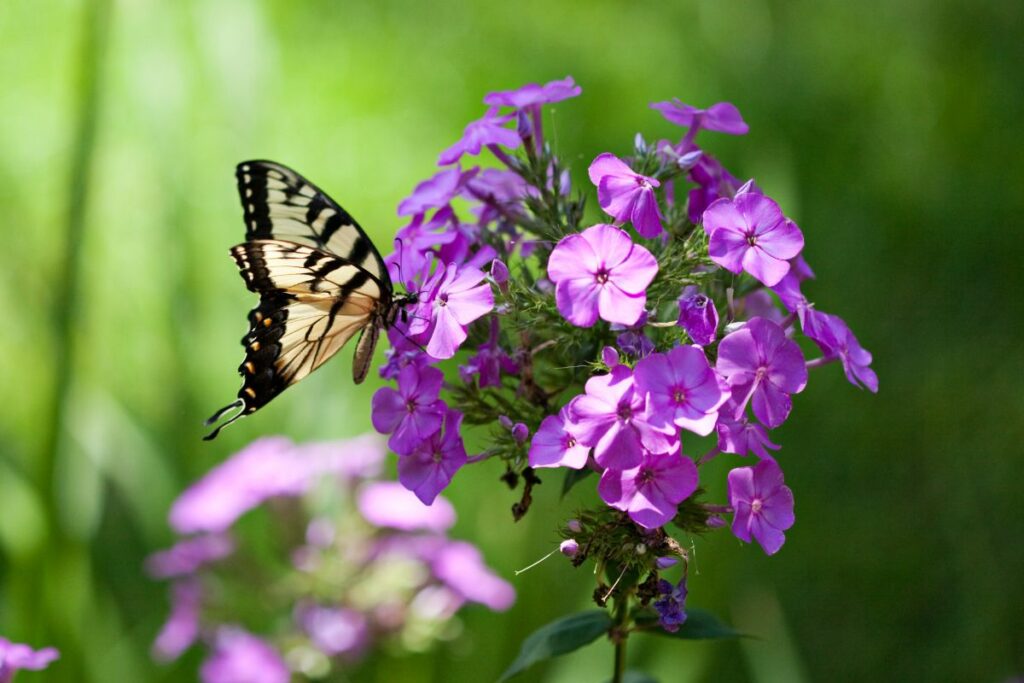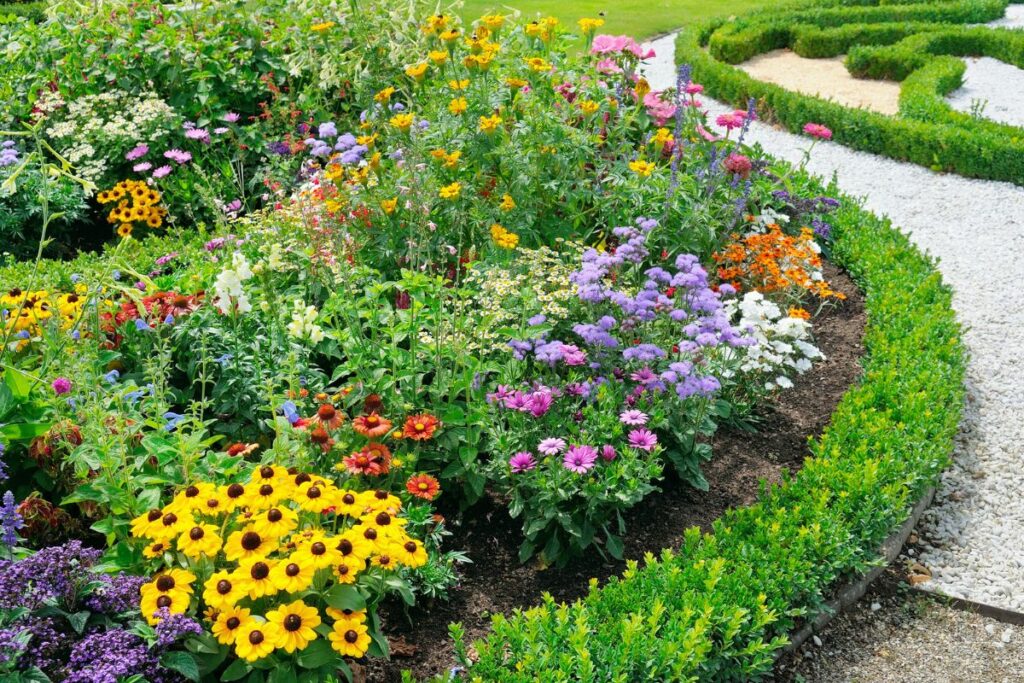Hummingbirds and butterflies do more than just add a splash of beauty to the garden; they play a crucial role in the pollination of plants that are unable to self-pollinate. As these delightful creatures flit from bloom to bloom in search of nectar, they inadvertently transfer pollen between plants, facilitating cross-pollination—a process vital for plant reproduction and biodiversity.
Among the many flowering plants that attract these pollinators, creeping phlox stands out with its vibrant blossoms and allure. This ground cover not only brightens gardens with its vivid flowers but also acts as a powerful draw for pollinators. Furthermore, as a native species, it supports local ecosystems in multiple ways: it boosts pollinator activity, conserves water, and provides an ecological defense against various pests. Including creeping phlox in your garden promises a multitude of benefits, reinforcing the harmony between aesthetics and environmental stewardship.
Harmonious Relationship of Creeping Phlox and Winged Pollinators

Creeping phlox, a plant known for its ground-covering growth habit, unfurls a tapestry of color early in the spring, oftentimes when other flora are just beginning to shed their winter slumber. It’s this trait that makes it an invaluable resource for winged pollinators, such as butterflies and hummingbirds, that are emerging from their own forms of rest and seeking energy-dense sustenance.
| Most Attractive Color | Favorite Visitors |
|---|---|
| Pink-hued Flowers | Hummingbirds, Various Butterfly Species |
Attraction Tactics
- Vivid Pink Blooms: Capture the attention of hummingbirds and butterflies, as these creatures naturally gravitate towards red-tinted flowers.
Key Pollinator Species
- Butterflies Favoured: Spring azure, red admiral, and eastern comma amongst others are quick to frequent these vibrant blooms.
- Hummingbirds: Tireless fliers, needing copious nectar for energy during their lengthy flights—sometimes remaining airborne for the majority of a day!
Nesting and Resting:
Butterflies benefit greatly after their transformation from cocoon to flight, finding the nourishment they require from creeping phlox’s nectar. Hummingbirds, while not cocoon-dwellers, rely just as heavily on this nectar supply to fuel their vigorous aerial activities.
To maximize your garden’s allure to these essential pollinators, consider integrating creeping phlox with other plants that captivate both hummingbirds and butterflies. This strategic combination can create a vibrant and bustling hub for these invaluable creatures.
The Essence of Pollinator Gardens

Crafting a pollinator garden is a personal contribution to the local environment. It’s not just about adding aesthetic appeal with blooms, but also about fostering a balanced ecosystem right in your backyard.
Here’s how you can get started:
- Choose Native Plants: Seek out plants like creeping phlox, which thrive in your area and naturally support local wildlife.
- Seek Expert Advice: Utilize resources such as field guides or reach out to your local extension office for advice on native species.
When you select the right plants:
- Attract Pollinators: Expect hummingbirds and butterflies to frequent your garden, aiding in pollination.
- Pest Control: These visitors help in reducing pest populations.
- Water Conservation: Native plant species often require less watering.
- Plant Health: The overall health of your garden plants improves.
Embrace the role of playing an integral part in symbiotic plant-pollinator relationships through a well-thought-out pollinator garden.

